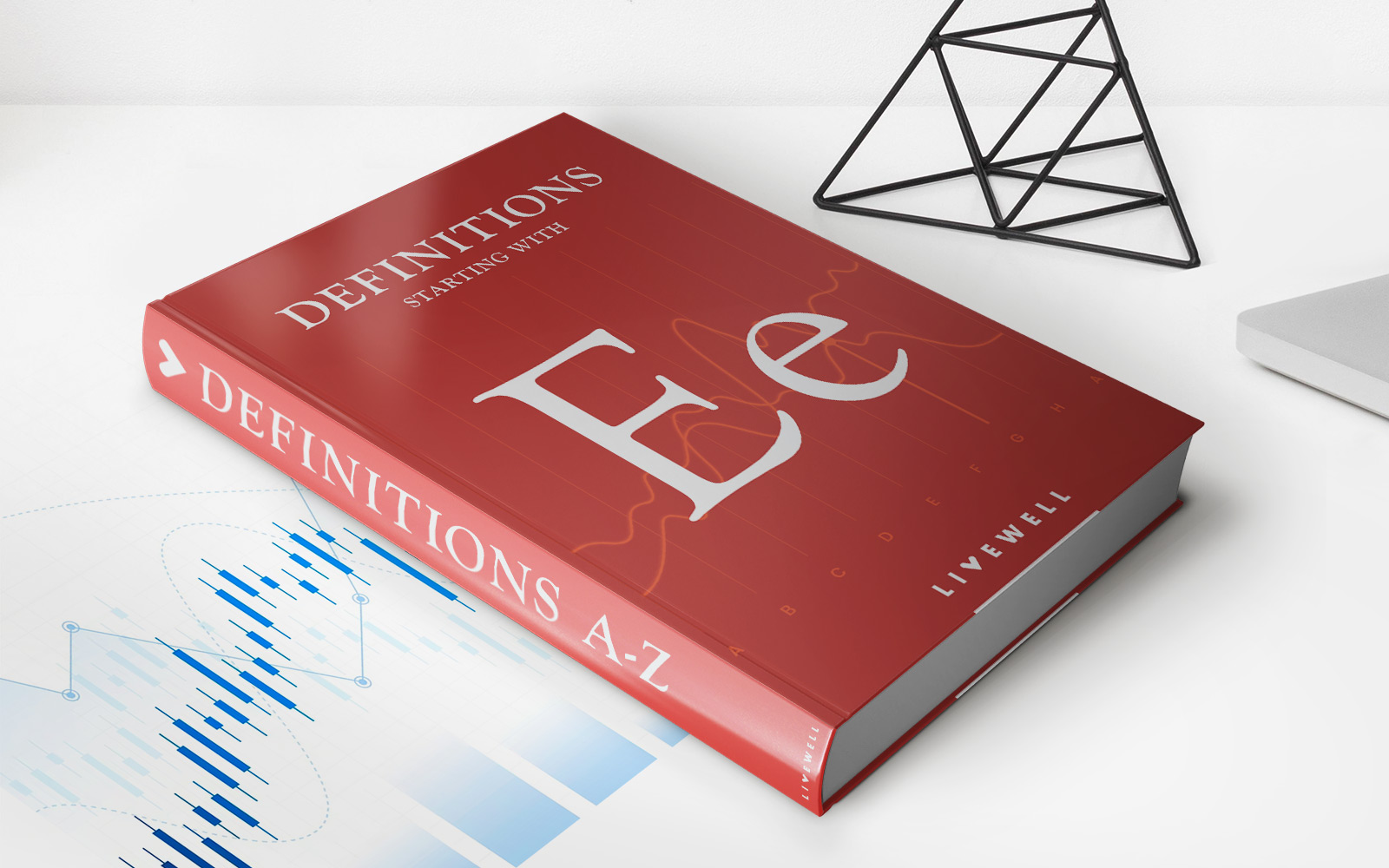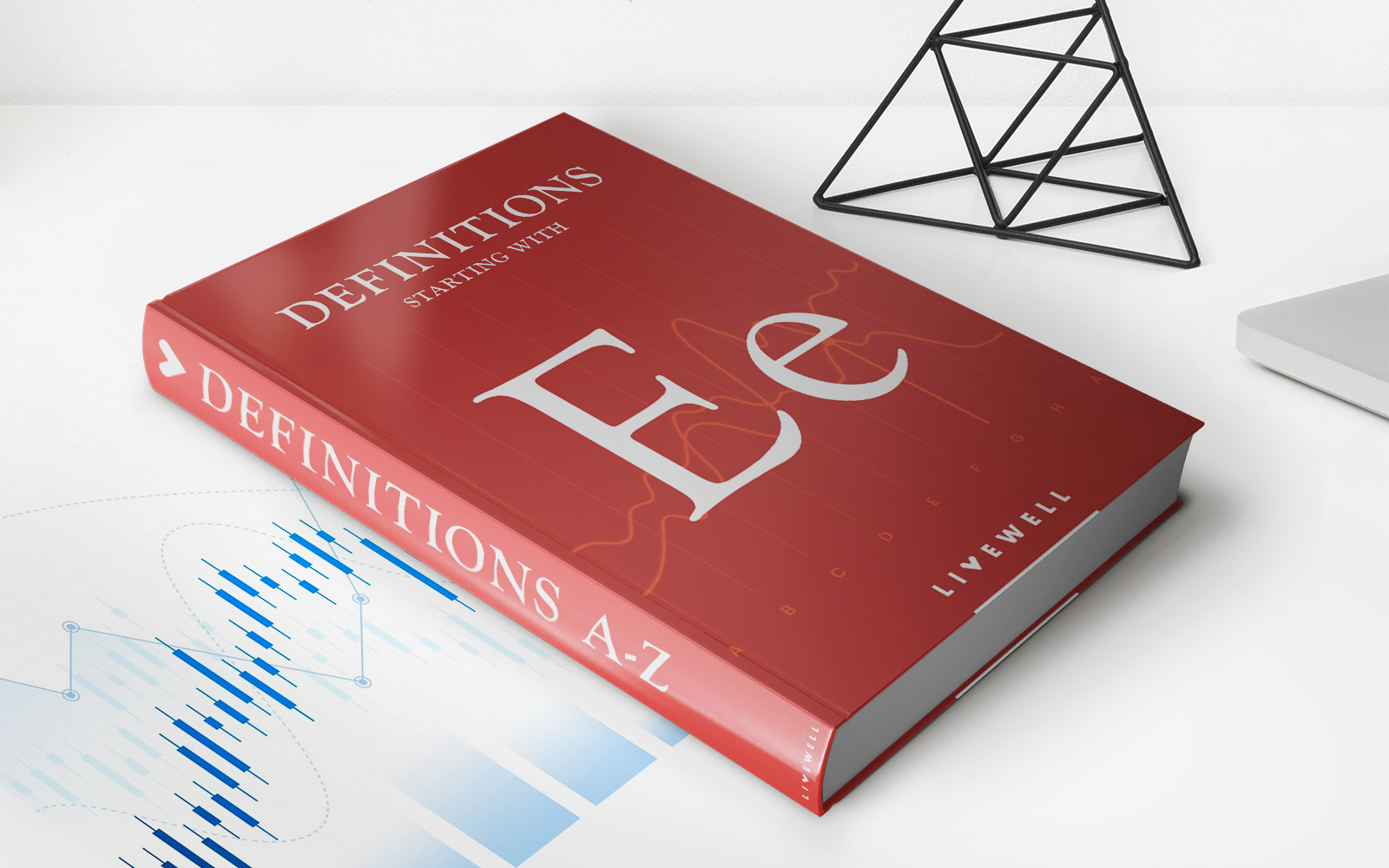Home>Finance>Bad Debt Expense Definition And Methods For Estimating


Finance
Bad Debt Expense Definition And Methods For Estimating
Modified: February 21, 2024
Learn about the definition and methods of estimating bad debt expense in finance. Gain valuable insights on managing financial risk and optimizing cash flow.
(Many of the links in this article redirect to a specific reviewed product. Your purchase of these products through affiliate links helps to generate commission for LiveWell, at no extra cost. Learn more)
A Comprehensive Guide to Bad Debt Expense Definition and Methods for Estimating
When it comes to managing finances, it is essential to have a clear understanding of various accounting concepts. One such concept is bad debt expense. In this blog post, we will dive deep into the definition of bad debt expense and explore the different methods used for estimating it. Understanding bad debt expense can help individuals and businesses make informed decisions and maintain financial stability.
Key Takeaways:
- Bad debt expense refers to the amount of money a company anticipates losing due to uncollectible debts.
- There are several methods for estimating bad debt expense, including the percentage of sales method, the aging method, and the specific receivables method.
What is Bad Debt Expense?
Bad debt expense, also known as uncollectible accounts expense or doubtful accounts expense, is an accounting term that refers to the amount of money a company anticipates losing due to uncollectible debts. When a customer fails to pay an outstanding invoice or defaults on a loan, the company considers that amount as bad debt expense. Essentially, it represents the portion of accounts receivable that the company deems uncollectible.
As the keyword implies, bad debt expense can have a negative impact on a company’s financial health. It reduces the company’s net income and assets, affecting its profitability and overall financial statements. Therefore, estimating bad debt expense is crucial for accurate financial reporting and effective decision-making.
Methods for Estimating Bad Debt Expense
Estimating bad debt expense often involves using specific methods tailored to a company’s unique circumstances. Here are three commonly used methods:
- The Percentage of Sales Method: This method estimates bad debt expense as a percentage of the total sales for a given period. The percentage is based on historical data and industry standards. This approach assumes a consistent bad debt rate. For example, if a company has an average bad debt rate of 2% and has sales of $500,000, the estimated bad debt expense would be $10,000.
- The Aging Method: The aging method takes into account the aging of accounts receivable, categorizing them based on the number of days outstanding. Each category is assigned a different estimated bad debt rate. Typically, older accounts are more likely to become bad debts. This method provides a more accurate estimate by considering the specific circumstances of outstanding invoices.
- The Specific Receivables Method: This method focuses on estimating bad debt expense for specific high-risk individual accounts. It assesses each account individually based on its financial health, payment history, and current circumstances. This method is labor-intensive but provides the most precise estimate for bad debt expense.
Conclusion
Bad debt expense plays a crucial role in financial management and accurate reporting. Whether you are an individual or a business owner, knowing how to define and estimate bad debt expense can empower you to make informed financial decisions.
By understanding the different methods for estimating bad debt expense, you can select the approach that aligns with your financial goals and risk tolerance. In doing so, you can better manage your finances, mitigate potential losses, and maintain a healthy financial position.
Remember, bad debt expense is an inevitable aspect of doing business, but with careful estimation and effective credit management, its impact can be minimized.














